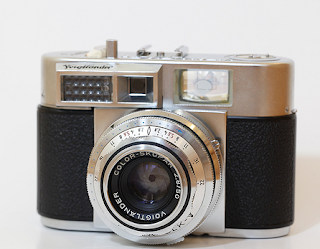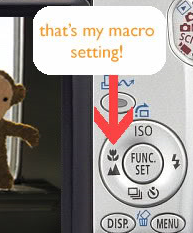Today I will be showing you how to make Sweet Whole Wheat Bread, but before I do that let me say a few things first.
If you have any questions about grain mills, where to buy the cheapest ingredients, or anything else, please feel free to contact me for more information.
I would love to show you how to make bread from scratch (It’s so much easier to learn how to make bread when you can see and feel it)…but I don’t use my oven during the summer because it heats up our apartment too much (I have an oven from the 70’s and I swear it has no insulation) and I don’t turn on the swamp cooler either to save on electricity costs.
However, I would love to make a trade with you...I will show you how to make bread and even give you a loaf if I can use your oven to cook it.
If you think this is a good trade, please call or email me. I LOVE making bread and I’m sad that I am unable to do so right now.
I also make regular whole wheat bread, anadama bread, rose bread, bagels, pretzels, and rolls. I’m still trying to perfect hamburger buns.
-Tara
Sweet Whole Wheat Bread (Detailed Instructions)
10 cup whole wheat flour
2,000 mg vitamin C
6 cup water
1 1/3 cup olive oil
1 1/3 cup honey 1/4 cup SAF instant yeast
1/4 cup vital wheat gluten
7 cup whole wheat flour
2 Tbs salt
Procedure
1 In a grain mill, grind 9 1/4 cups of hard white wheat and 2,000 mg vitamin C (this is the flour you will be using).
2 Place 10 cups of whole wheat in the Bosch and add the water. Place lid on the Bosch and mix on speed 1 until flour and water are combined (about 15 sec).
3 Turn off the Bosch and add olive oil, honey, SAF instant yeast, and vital wheat gluten. Place lid on the Bosch and mix on 1 for 2 min.
4 Place splash ring on the Bosch and mix on speed 1, and add whole wheat flour a little at a time until dough pulls away from the sides of the bowl. When Bosch starts to whine a little and have a harder time mixing, increase to speed 2.
5 Add salt and knead for at least 10 min on speed 2. This makes the smooth and elastic.
6 While dough is kneading prepare for these next steps.
7 I like to use a silicone baking liner to place my dough on, but you can also spread oil on a jellyroll pan. I don't recommend using flour because it tends to make the dough dry and stiffer.
8 Divide dough into 4 parts. I like to weight my dough so that I know I'm dividing it evenly.
9 Slam dough onto pan repeatedly to get out air bubbles. Shape into loaf, and place seam side down into greased 9x5" bread pan.
10 Heat the oven up to Warm. Turn off the oven and place your loafs in uncovered. Let rise until double, about 40 min (the dough will slowly pop back out when you poke it with your finger)
11 Bake at 350° for 15-20 min (160° internal temperature)
12 Remove from pans immediately and place on cooling rack.
13 Wipe pans clean with a rag. Washing them causes them to rust and deteriorate faster.
14 When loaves are room temperature, place in a bread bag.
Servings: 80
Yield: 4 Loaves
Preparation Time: 50 minutes
Cooking Time: 25 minutes
Inactive Time: 40 minutes
Total Time: 1 hour and 55 minutes
Nutrition Facts
Serving size: 1/80 of a recipe (1.8 ounces).
Recipe Tips
If it's raining or humid outside, put in one less cup of water
Done kneading when dough is elastic and pops back fast when you poke the corner with your finger (dough will start to rip is you over knead it)
Done rising when dough pops back slowly when you poke the corner with your finger
Stretch marks on bread means it needed to rise more
Stick thermometer in at an angle, not straight down
Frozen Dough: Take dough out of the freezer and place in the fridge overnight. In the morning take dough out of the fridge and place on the counter. When dough is room temperature (usually a couple of hours) shape into loaves and let rise. Cook as directed.







![notches_thumb[1] notches_thumb[1]](http://lh4.ggpht.com/-XkYFFcd93OA/TjIZwvRr7dI/AAAAAAAADUg/wkMM1iCGAng/notches_thumb1_thumb.png?imgmax=800)










